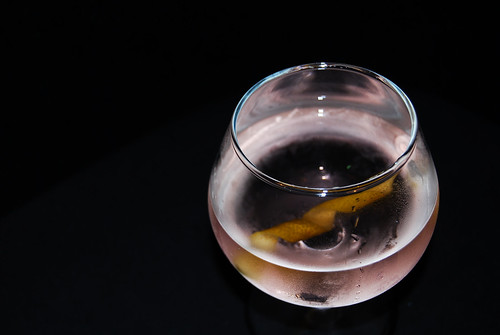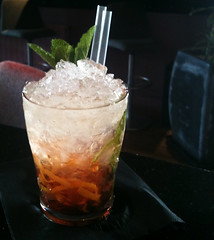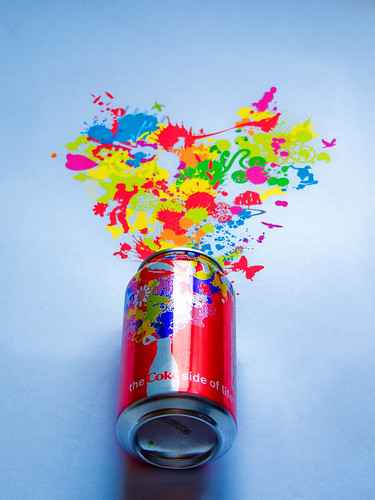The new gin
The sun is out, the flowers are blooming and Easter has come and gone. Spring has sprung like a beartrap and that means that it's time to add some new things to the backbar. No, really. It's like a spring tradition.

Photo from NOTCOT.com
Among our new treats is Greenall's Bloom, the latest addition to the world of super-premium gin with a less traditional mix of botanicals. In its award-winning, jewel-cut bottle, Bloom combines juniper with pomelo, chamomile and honeysuckle for a rounded, floral flavour. It's another gin that might make a good gin-and-tonic, but really sings in a cocktail.
The emergence of gins like Bloom, Caorunn, Hendrick's, Martin Miller's, Tanqueray No. Ten - I could go on for days, by the way - presents an opportunity to look at classics afresh. They'll make a Martini that's very different to those enjoyed even ten years ago, but there's no particular reason to confine them to white-spirit classics. The new, non-traditional gins arguably are robust enough to use in an Old-Fashioned, or even a Sazerac.
There's a sense in which a twisted classic is the perfect cocktail for Spring. It's the combination of taking something from the past and something from the future and reconfiguring and transforming both.

Elderblossom Sazerac
50ml Bloom
15ml St. Germain Elderflower Liqueur
2 dashes Peychaud's Bitters
1 dash Absinthe
Rinse a chilled martini glass or brandy balloon with Absinthe. Stir the other ingredients with ice and strain into the chilled, absinthe-rinsed glass. Garnish with a lemon zest twist.



